Class 124 frigates were once ahead of their time. However, the rapidly advancing development of their main sensor in particular has required an upgrade for years.
Only recently, the Marineforum asked the question "Quo Vadis F124?" at the end of the article congratulating the frigate Sachsen on its 20th anniversary of commissioning.
In the meantime, the inspector of the navy has given an answer to this question. He has prioritised the availability of the units at sea. Instead of the extensive obsolescence elimination of the long-range sensor and the air defence capabilities, which has been planned for years and is now associated with a high project risk, the three Sachsen-class units are to be operated as trouble-free as possible until they are replaced in the middle of the coming decade. The good condition of the ship's operating systems allows the operational maintenance period to be extended and This further improves the availability of the units.
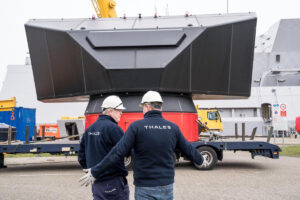
The F124 frigate is the surface combatant of the German Navy, and its deployment at sea is an important contribution to deterrence as well as to national and alliance defence. It was developed to ward off a variety of threats. The main focus is on anti-aircraft defence, i.e. the protection of a group of ships against attacks from the air. However, it can also be used against targets on and under water.
Ultra-modern 20 years ago
When they entered service 20 years ago, the F124 frigates were equipped with a variety of then state-of-the-art systems to support their air defence capabilities:
- Sensors: SMART-L long-range radar and APAR phased array radar for early detection and tracking of aerial targets
- Armament: Standard Missile 2 (SM-2) for long ranges and (at that time) primarily against aircraft, Evolved Sea Sparrow Missile (ESSM) against approaching missiles at medium range and the Rolling Airframe Missile (RAM) system for defence against targets at close range. In addition, the OTO MELARA 76mm artillery system can also be used against air targets.
Three-layer system
At the time of its commissioning, F124 was the only warship in the western world to be equipped with a 3-layer anti-aircraft missile system for defence against airborne threats.
According to the preliminary operational concept dating back to the late 1980s, F124, as part of a larger NATO fleet, was to protect the supply of troops and material for the European theatre of war from North America against attacks by Soviet bombers with their missiles. In 1996, this concept was adapted to the then prevailing operational reality in the context of crisis response.
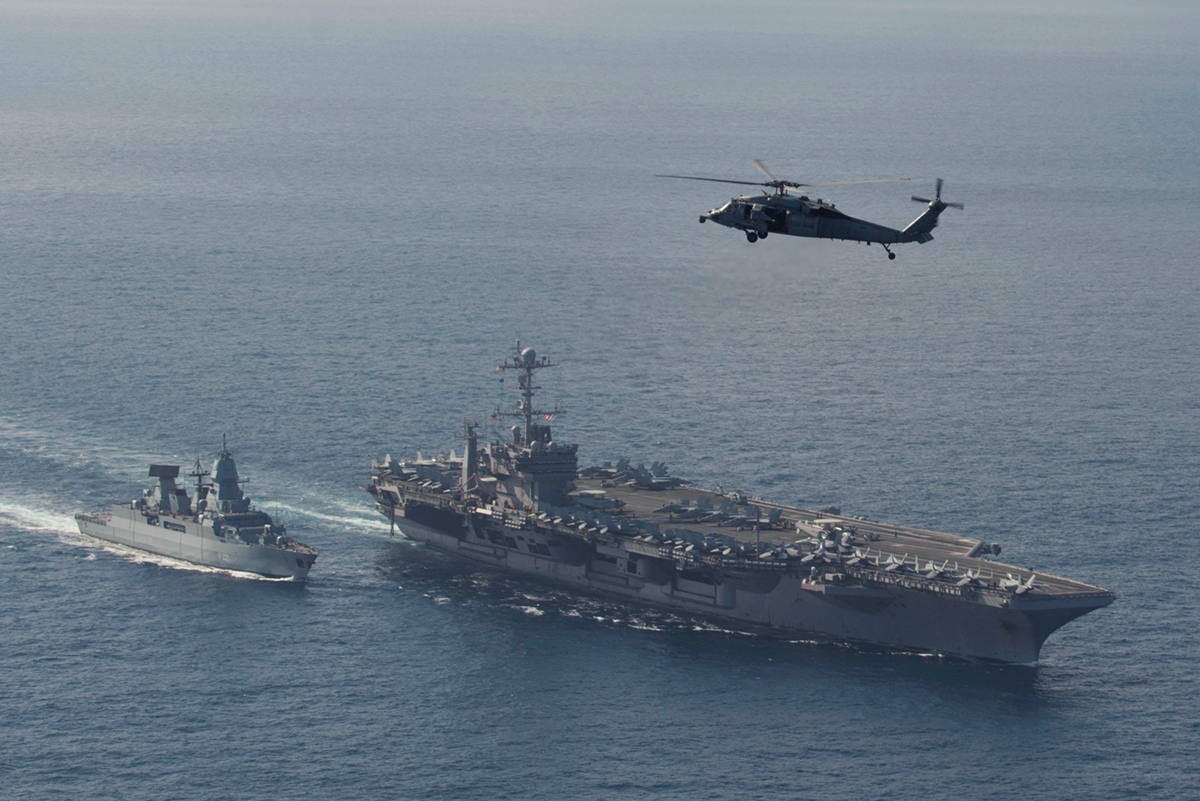
The units thus joined the ranks of similar projects from other nations, with the high level of cooperation with the Netherlands being a key factor. Their air defence frigates of the De Zeven Provincien class were identical in design to the F124 (APAR/SMART-L family). Denmark later also commissioned three frigates of the APAR/SMART-L family. The British, French and Italian navies fitted systems that were not identical but similar in design to the Daring-class destroyers and the Horizon/Orizzonte-class frigates (PAAMS family).
F124 was put into service in 2004 as an air defence ship. Close cooperation with ground-based air defence in Germany and the Netherlands soon developed. This resulted in additional tasks for the ships in connection with integrated air defence. Here, the units were able to support ground-based air defence against the classic air threat with their long-range sensor for early warning and target designation. This was tested in simulation between 2004 and 2012 as part of the Joint Project Optic Windmill exercise and in reality in several experimental projects with ground-based air defence forces and the Air Force's operational command service. The Royal Netherlands Navy did the same with its four air defence frigates. In the middle of the last decade, the numerous joint force projects led to a leading position for German and Dutch air defence within NATO.
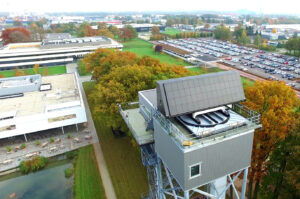
As early as 2006, work began on further developing the F124 into a sensor contribution to ballistic missile defence (BMD) as part of the then NATO Active Layer Ballistic Missile Defence programme. At that time, the Navy submitted an initial requirements document. This culminated in 2011 in a "final capability requirement", which, however, had not yet been signed by the cut-off date of the 2012 structural reform of the Bundeswehr and was therefore not "folded over" into the new armaments process. Now, after five years of work, it was necessary to start all over again.
In 2013, the Navy submitted a new initiative for a sensor contribution to the NATO Ballistic Missile Defence (BMD) programme, which was also new, as part of the Bundeswehr's new planning process. The aim was to work with the Netherlands to replace the SMART-L long-range sensors with a further development of these sensors, as the existing SMART-Ls were unable to detect targets in space and were already affected by obsolescence. This was intended to create the urgently needed capability for early warning and target designation for units already capable of BMD (e.g. US Aegis destroyers or ground-based Patriot units).
This plan operated under the tough term "Obsolescence elimination of the long-range sensor and capability extension F124 in air defence" (ObsWuF LV F124) and was to be implemented from 2019 in accordance with the ministerial phase documents. However, the project itself subsequently proved to be just as slow. An increasing number of new demands prompted a departure from the original joint German-Dutch approach to procuring the SMART-L Multi Mission (MM). In 2021, the defence sector signed a contract for the development and procurement of a new TRS-4D/LR ROT radar. The German system house Hensoldt is cooperating with the radar manufacturer ELTA, a subsidiary of the Israeli company IAI, on this sensor.
At the same time, as part of the FORMIDABLE SHIELD exercise, the Dutch type ship, De Zeven Proviencien, used the new SMART-L MM to transmit the target track of a ballistic missile to the fire control systems of the US destroyer Paul Ignatius for the first time, which then successfully engaged the target with a Standard Missile 3. Proof of the sensor contribution to BMD ("launch on remote") was provided for the first time between European and US systems. The simplicity of integrating the old Dutch SMART-L radar with a further developed SMART-L MM into a Dutch deployment system, which is also used in the F124, led to success. On the other hand, the project to expand the capability in Germany failed after almost 20 years due to the high integration risk of the German-Israeli radar in the German-Dutch deployment system of the F124.
The logical decision not to realise the highly complex ObsWuF LV F124 project did not originate in the navy. It had become necessary due to the delays in the project and the high risks involved. Instead of sending the units to dock for many years with an uncertain outcome, F124 is now to be made available to the fleet for its extensive tasks. The pending refits - independent of Obs WuF LV - in connection with the F124 master plan can then largely be scaffolded during the scheduled maintenance phases. This concerns modernisations of the EloKa system, the upgrade of the ESSM missiles and numerous other important components.
Despite these planned upgrades, the F124's armament level still lags behind technological developments and the evolving threat spectrum (e.g. drones, hypersonic missiles and anti-ship ballistic missiles). The benchmarks here are the Dutch sister ships on the one hand and findings from international co-operation on the other. The Dutch counterparts not only have the required sensor capability and the technical prerequisites for successful networking with and integration into multinational formations (e.g. through modern armament levels of the command and control systems), but only a few weeks ago also demonstrated the ability to deploy long-range Tomahawk missiles against sea and land targets.
As part of the joint capability analyses in the Maritime Theatre Defence Forum, it is clear that F124 is increasingly suffering capability losses compared to the partner navies mentioned above due to the failure to eliminate obsolescence. F124 also plays no role in the current start-up phase of the European Sky Shield Initiative (ESSI) initiated by Germany. In the coming years, until the successor units come on stream, it will now be a matter of maintaining the remaining air defence expertise in the navy and developing it further for the highly complex requirements of the future.
In addition, there are in fact still numerous options for optimising the F124 deployment system, its sensors and effectors to meet the current threats through minor modifications.
Two facts can be summarised: Until the arrival of the successor class F127, the three F124 frigates will remain the most powerful combat units despite their limitations and thus an indispensable part of the German fleet, even beyond air defence. And secondly: the procedures and processes introduced have not led to the capability expansion that has been demanded since 2006 and 2013 and are leading to tough decisions in the navy that are not justifiable.
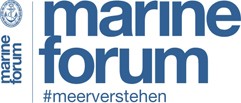
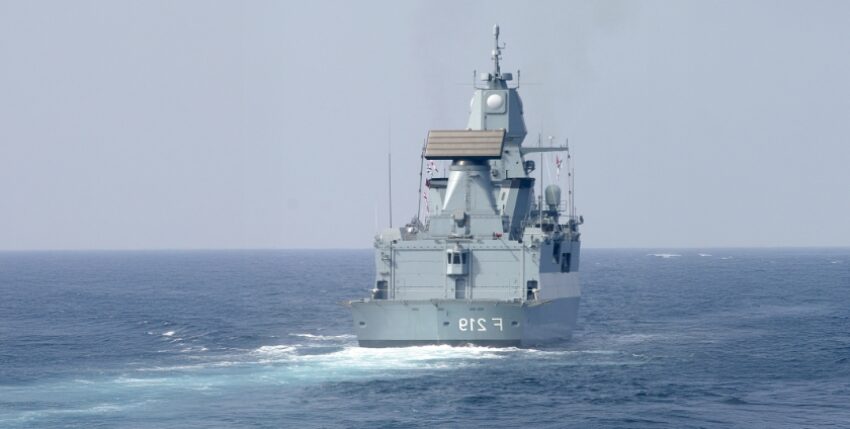









One Response
A really good article that does justice to the Class 124 frigate and its complex history. It is an impressive reminder of what a huge technological leap the "Sachsen" class was when it entered service 20 years ago.
It cannot be emphasised enough: These ships were ahead of their time. They were the only warships in the western world at the time to have a 3-layer system of anti-aircraft missiles (SM-2, ESSM, RAM) and were therefore excellently equipped for anti-aircraft defence, their main task. The combination of the SMART-L long-range radar and the APAR phased array radar was a masterstroke that also bore fruit in the context of the successful co-operation with the Netherlands. The F124 was not just a ship, it was a statement of German defence capability.
The article sheds excellent light on the difficult, but ultimately pragmatic and responsible decision by the Chief of Naval Operations to prioritise the availability of units at sea over a modernisation project that is now highly risky. This testifies to a clear prioritisation in favour of alliance defence. It is a credit to the original design and ongoing maintenance that the good condition of the ship's technical systems makes such an extension possible at all.
The last paragraph of the article in particular puts it in a nutshell: Despite the known limitations, the three F124-class frigates will remain the "most powerful combat units" and thus an "indispensable part of the German fleet" until the arrival of the F127.
Great praise is therefore due not only to the planners of that time, but above all to the crews who have been operating these complex ships with the utmost professionalism for two decades. The F124 is an impressive piece of German naval history that still makes an indispensable contribution to national and alliance defence today. An excellent article about a remarkable ship.
The discussion about the future of the German Navy, especially after the experiences with the F124 modernisation and the F126 project, on which I have already made a separate comment, inevitably leads us to the next generation of surface combatants: the F127 frigate. At the same time, concepts such as the Large Remote Missile Vessel (LRMV) are emerging, which are still hypothetical in nature.
The F127: the future backbone and strategic centre
The F127 frigate is intended to be the central, manned backbone of the future fleet. As the successor to the specialised F124 air defence frigates, it will be a heavy, highly complex platform for a frigate, designed to lead a ship formation, in particular the LRMV, and protect it from air threats. It can be expected to be equipped with state-of-the-art sensor technology, advanced command and control systems and a usable weapons load.
Its strength - the concentration of highly developed technology, combat power and a capable crew in a single hull - is also its Achilles' heel. As a so-called "high-value asset", it would be a prime target for any opponent in an emergency. The challenge is therefore to make optimum use of its outstanding capabilities while minimising its vulnerability in order to protect its crew.
The LRMV: A hypothetical concept as a new solution approach
This is where the previously hypothetical idea of the LRMV comes into play. It is crucial to understand that this is not a final project, but a mental model of mine that shows how the challenges of the future could be met. If such a concept were to be pursued, it would fundamentally strengthen the role of the F127.
The LRMV concept acts as a force multiplier and risk distributor:
Distributed lethality: The core idea is that the F127 no longer has to fight alone. It would act as the brain and command centre of a small formation and control one or more LRMVs as its external weapon and sensor platforms. An opponent would no longer have to fight just one highly defended target, but a distributed, elusive system, each of which would sell itself to the enemy at a premium.
Scalable and flexible armament:
Depending on the mission, the hypothetical LRMV could be equipped with a variety of weapon systems.
The idea of modular, interchangeable VLS blocks consisting of 32 cells would make it possible to massively increase the number of missiles in the formation without overloading the F127.
Smaller pedestals (M and L pedestals) could be equipped with systems for close-range defence (e.g. RAM) or 30 mm (ABM-capable) tube weapons depending on the order. The F127 could thus fire the weapons of an LRMV at an approximate target that it has detected itself.
Modular mission capability: The concept is extremely flexible. Thanks to interchangeable stern slots modules, an LRMV could serve today as a platform for anti-submarine warfare (ASW), two days later deploy special forces with combat boats and later the ship can be used as a simple transporter of standard containers. This adaptability would give the F127 an operational flexibility that it would never have on its own.
Risk minimisation for the crew: The optional unmanned or minimally manned nature of the LRMV is a key strategic advantage. The F127 could send an LRMV as a forward sensor into a high-risk area to conduct reconnaissance or intercept an initial attack, while remaining at a safer distance with the crew to be protected.
Conclusion:
Even if the LRMV is purely hypothetical so far, the concept nevertheless indicates a direction of development. The future of naval warfare no longer lies solely in ever larger and more expensive individual ships, but in the intelligent networking of manned and unmanned systems.
In such a scenario, the F127 would continue to be the indispensable centrepiece - the platform with the most experienced operators, the best command and control systems and the ability to make strategic decisions. The LRMV concept offers a plausible vision of how to protect this valuable platform, exponentially increase its reach and impact, and give it a level of flexibility that is essential for the challenges of the 21st century. It would be precisely this kind of modern thinking that ensures future acquisitions like the F127 can realise their full potential.
Please forgive me that due to the lack of information I had to base this comment on my own model of thought, which of course remains a hypothetical/imagined model for the time being.